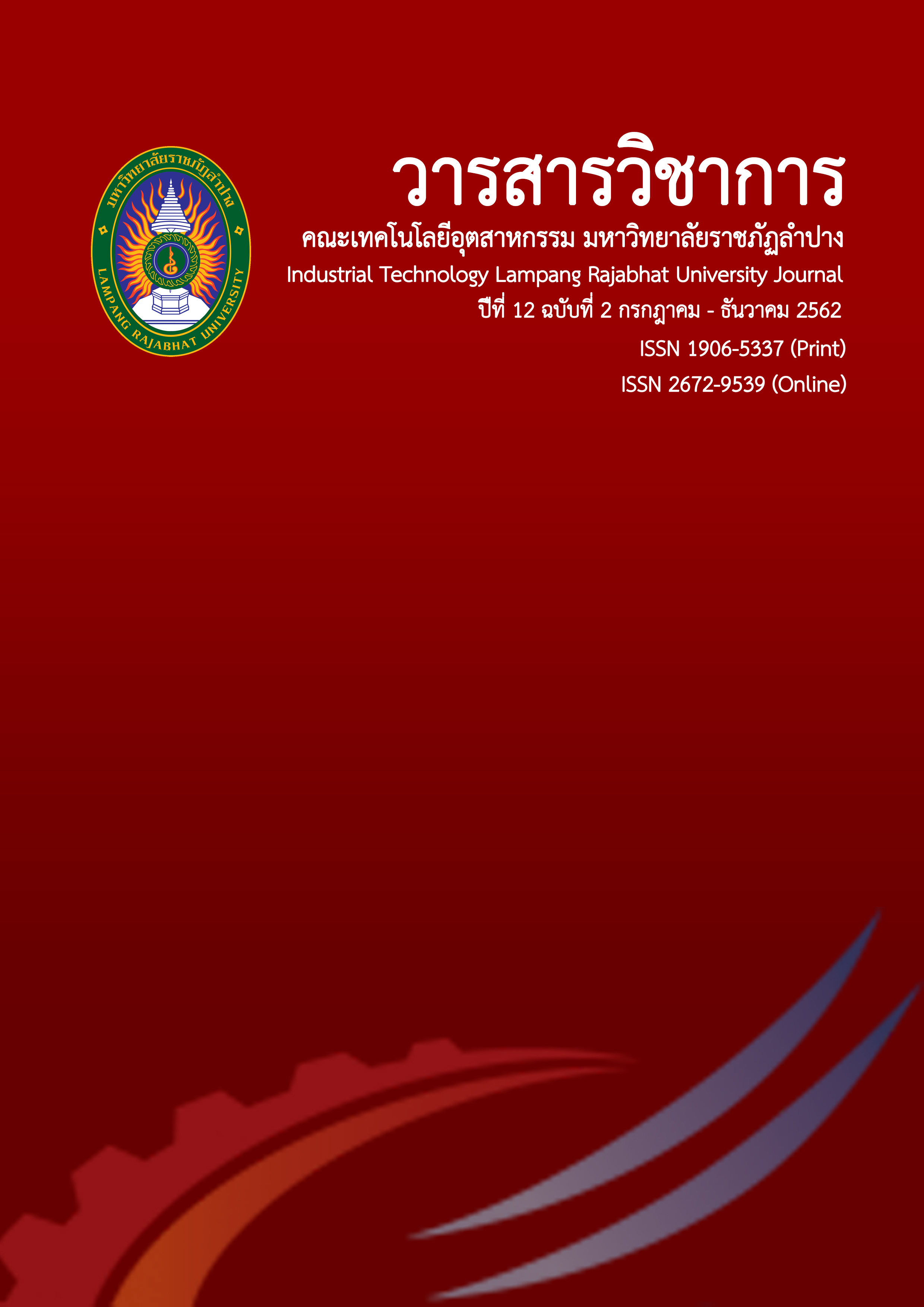Comparative Study of H350R and E8016 Electrode in Surface Hard-Facing Welding of 100 pound/yard Railway by Shielded Metal Arc Welding
Keywords:
surface hardfacing welding, type of welding electrode, shielded metal arc weldingAbstract
This research was a comparative study of H350R and E8016 electrodes in surface hardfacing welding of 100 pound/yard railway made from shielded metal arc welding. The penetrant testing to examine the surface found a 5 - 8 millimeter crack from welding with electrode H350R, but no crack or porosity from welding with electrode E8016. From the macrostructure examination, there was no recognizable crack or porosity. The microstructure examination showed that welding with both electrodes produced pearlite structures. The crack width from welding with electrode H350R was around 500 - 1,200 microns. However, microstructure testing of the heat-affected zone showed that there was no crack from welding with either electrode. The microstructure consisted of ferrite mixed with a martensite structure evenly dispersed. However, in the welding with electrode H350R, the martensite structure was smoother than in the welding with E8016. This was because E8016 contained a large amount of silicon and manganese giving it a rougher grain, directly affecting friction resistance, tensile strength and vibration. It can be concluded from the study, therefore, that the H350R welding electrode is not suitable for 100 pound/yard railway surface hardfacing welding.
References
Amini, K. Bahrami, A. Sabet, H. (2015). Evaluation of Microstructure and Wear Behavior of Iron-based Hard - facing Coatings on the Mo40 Steel. International Journal of ISSI, Vol.12, No.1, pp. 1-8, Isfahan. (in Iran).
Allie, A. Aglan, H. Fateh, M. (2010). Mechanical and Fracture Analysis of Welded Pearlitic Rail Steels. Journal of Mechanics of Material and Structure, Vol.5,No.2
Correa, N. Vadillo, E.G. Santamaria, J. Herreros, J. (2016). A Versatile Method in the Space Domain to Study Short-Wave Rail Undulatory Wear Caused by Rail Surface Defects. University of the Basque Country UPV/EHU, 48013 Bilbao. (in Spain).
Hee-jin, L.Hae-woo, L.. (2015). Effect of Cr Content on Microstructure and Mechanical Properties of Low Carbon Steel Welds. Department of Materials Science and Engineering, Dong-A University, 840 Hadan-dong, Saha-gu, Busan, 604714. (in Korea).
Herbst, B. (1998). Wear Investigations on Wheel and Rail Materials. Research Report 6119704. Research and
Technology Center of the DB AG, Kirchmöser.
Parighatprecha, R. Suthasupradit, S. Paoleng, P. (2014). Engineering Viewpoint in Raising the Speed of Railway. Engineering Journal, Vol.67, No.5. (in Thai).
Poznyakov, V.D. Kiriakov, V.M. Gajvoronsky, A.A. Klapatyuk, A.V. Shishkevich, O.S. (2010). Properties of Welding
Joints of Rail Steel in Electric Aac Welding. Paton Electric Welding Institute, NASU, Kiev, Ukraine.
Wetscher, F. (2007). Fracture Processes in Severe Plastic Deformed Rail Steels. Erich Schmid Institute for Materials Science, Austrian Academy of Science, Leoben. (in Austria).
Zerbst, U. Lund, R. Edel, K.-O. Smith, R.A. (2009). Introduction to the Damage to LeranceBehaviour of Railway
Rails–a Review. Engineering Fracture Mechanics, 2563–2601. (in Germany).






